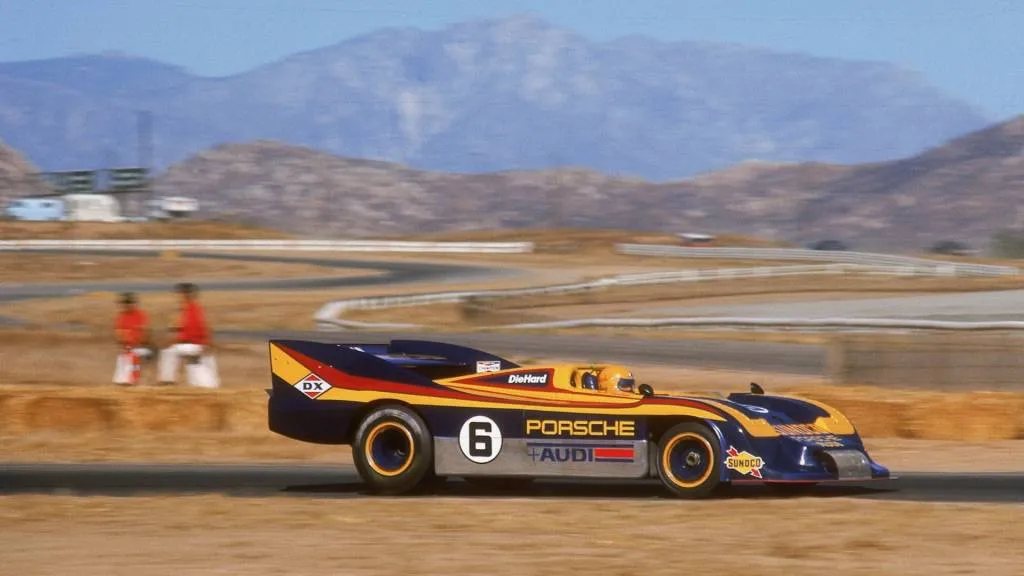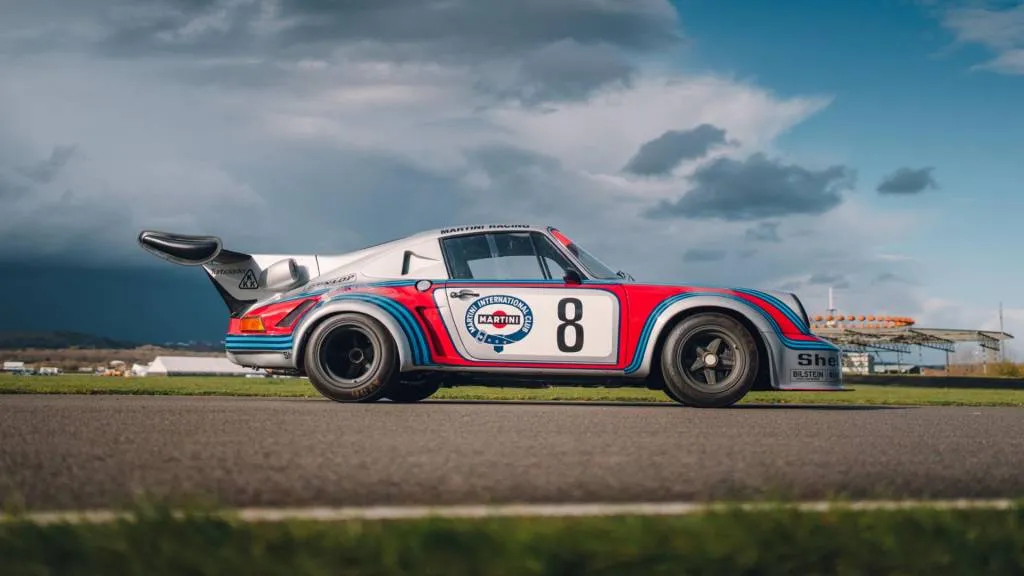- Porsche first implemented turbochargers on its race cars
- The first turbocharged Porsche was the 917
- Porsche turbocharges many of its road cars today and some EVs even wear the badge
Porsche was one of the first automakers to adopt turbocharging—and the impetus was racing.
General Motors introduced turbocharged road cars in the early 1960s, but Porsche didn't follow suit until the early 1970s. As recounted by the automaker, the goal wasn't to sell road cars but to build competitive race cars after a major rule change in the World Championship for Makes, which at the time included the 24 Hours of Le Mans.
Porsche scored its first overall victory at Le Mans in 1970 with the 917 and followed that up with another victory in 1971, as well as winning the World Championship for Makes both years. But for 1972, the governing body capped engine displacement at 3.0 liters. Rather than try to adapt to the more restrictive European rules, Porsche decided to decamp to the less-regulated Canadian-American Challenge Cup, better known as Can-Am.

Porsche 917/30 Spyder
Can-Am's laissez faire environment presented a different challenge. The most competitive teams were using massive 8.0-liter V-8 engines, so Porsche would have to replace the naturally aspirated 4.5-liter flat-12 used in the 917 up to that point. Engineers looked at a V-16, but it proved too heavy and compromised handling, so they decided to turbocharge the existing 12-cylinder engine.
A team led by legendary Porsche engine development boss Hans Mezger installed two turbos on the 4.5-liter flat-12, boosting output to 985 hp. The development process was a stark contrast to the high-tech world of modern motorsports. The turbos were sourced from a supplier that previously worked with truck engines, and testing consisted of connecting them to mercury columns to measure boost pressure. Sometimes the mercury would shoot out of the top of the columns and spray the engineers when the engine was revved.
Jo Siffert turned the first laps in a turbocharged Porsche 917—an open-top version dubbed the 917/10 Spyder—on July 30, 1971, and quickly discovered the phenomenon of turbo lag. This lag occurs when the driver presses the accelerator pedal but must wait for boost to build up before anything happens. It was an inherent weakness of early turbocharged cars. Engineers added a wastegate to deal with it.

Porsche 911 Carrera RSR Turbo 2.1
The 917/10 made its race debut at Canada's Mosport Park (now Canadian Tire Motorsport Park) on June 11, 1972. Mark Donohue beat the lap record by four seconds, but mechanical issues restricted him to a second-place finish. The 917/10 would quickly accumulate many wins though, delivering the 1972 Can-Am championship before being replaced by 917/30 Spyder for 1973.
With a turbocharged 5.4-liter flat-12 producing 1,072 hp, the 917/30 proved so dominant that it's sometimes blamed for the death of the Can-Am series (the 1973 oil crisis and recession were likely factors as well). Porsche then moved on to developing turbocharged race cars based on the 911, which in turn led to the first 911 Turbo road car launched 50 years ago.
The 911 Turbo and the race cars that came before it have made turbochargers synonymous with Porsche. Today, even electric cars wear the Turbo badge as an homage to this heritage.